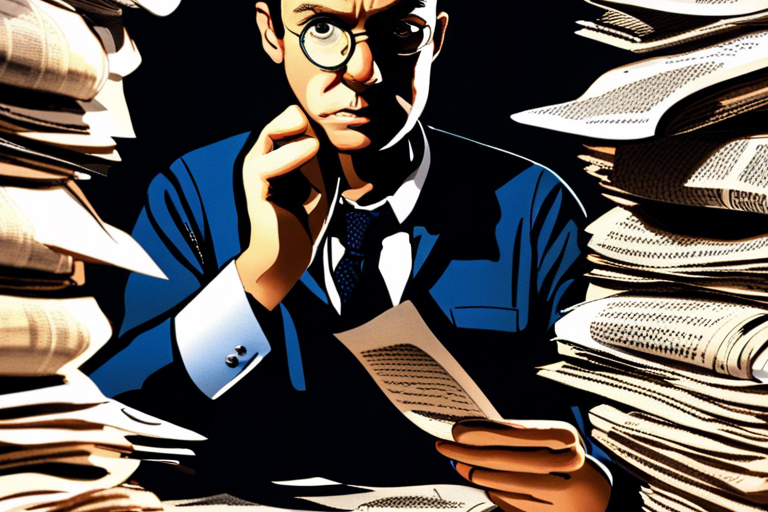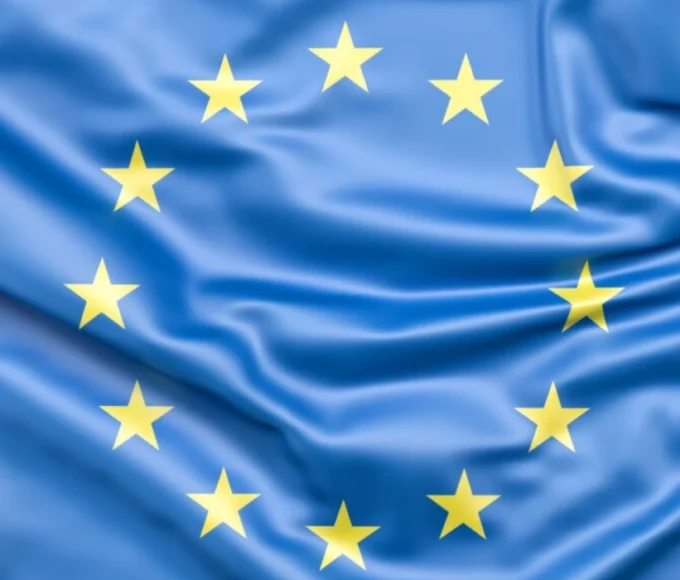An attractive alternative to the TGV or the plane to limit CO₂ emissions, night trains are making their comeback in Europe. But the big bang so much hoped for by their fervent defenders comes up against numerous economic and industrial obstacles.
It’s a slow rebirth. At the beginning of the 2010s, one after the other, European countries gave up night trains. A real disaster. Only a few exceptions, such as Paris-Briançon, Paris-Rodez-Latour-de-Carol, via Toulouse, Rome-Palermo or the Austrian lines, escaped this groundswell. In some states, such as Spain, these trains have completely disappeared. From Paris, you can no longer go to Venice by rail, except to travel on the luxurious and inaccessible Venice-Simplon-Orient-Express. The connections that have been maintained have suffered a lot: little investment, no renewal of rolling stock, major punctuality defects.
However, that is starting to change. Gradually, at the cost of a joint effort by the European Union and the States, thanks also to renewed interest from passengers, anxious to moderate their carbon footprint, the offer is being reconstituted. “A night train trip pollutes twenty-eight times less than a plane trip”, calculates the non-governmental organization Transport & Environment, in a study it has just published with the Back-on-Track association.
This article is originally published on lemonde.fr








